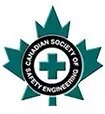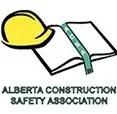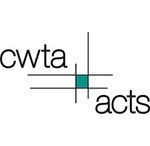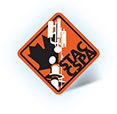Posted: Sep 14 '18
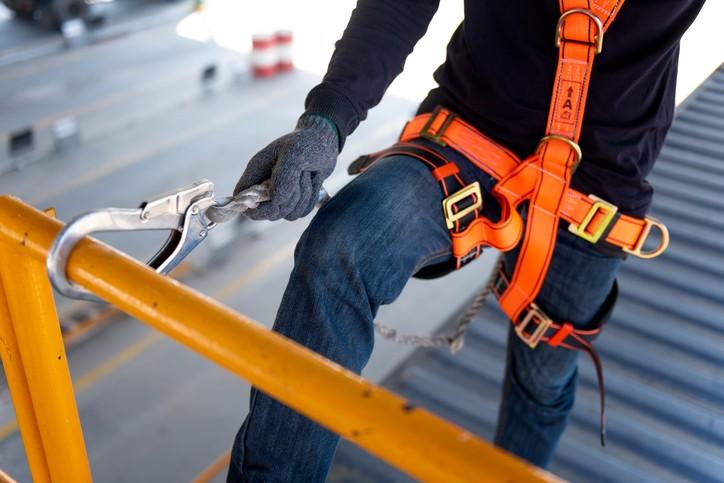
Falling from a great height is and has been the leading cause of workplace injuries for many years now. In some cases, these falls even lead to the loss of life.
For these reasons, both employers and employees need to take fall protection very seriously. Every time a worker needs to work at heights, that worker should be provided with the necessary fall protection equipment. The following are four basics about fall protection equipment to help you make the most of the equipment.
Passive pieces of fall protection equipment in Edmonton protect workers without requiring any action by the users. They include covers, fences, safety nets, and guardrails. Active protection systems, on the other hand, require human manipulation to work. They include: anchorage points, body harnesses, lanyards, lifelines, and snap hooks. You need both sets of equipment for complete fall protection.
Fall arrest systems are designed to arrest a fall in progress and include full-body harnesses, shock-absorbing lanyards, retractable lifelines, and anchor points. Restraint systems prevent users from reaching a fall hazard. They include full-body harnesses and lanyards/restraint lines. Work-positioning systems hold the worker in an optimal working position and include full-body harnesses, positioning lanyards, and backup fall arrest systems. Ladder climbing systems prevent users from falling when climbing a ladder or other structures. They include full-body harnesses, vertical climbing cables, rail attachments, and climbing sleeves. Finally, descent systems are used to help falling workers climb back to a safe level. Options here include tripods, winches, and comprehensive rescue systems.
Training is essential for two reasons. First, since fall protection is a responsibility of everyone involved, workers need to understand and be able to select the best combination of fall protection equipment necessary for the project being undertaken. They should also be able to use the equipment competently. Secondly, fall protection training is a mandatory requirement by the federal government.
According to the Canadian Standards Association (CSA), all fall protection equipment should be inspected at least once a year by a qualified inspector. Part II of the Canada Occupational Health and Safety Regulation, Part XII Section 12.3 also states that “all protection equipment provided by an employer must be maintained, inspected, and tested by a qualified person.”
Follow these simple steps to ensure your preparedness for unexpected falls. Get in touch with us today to find out more about fall protection equipment.
REQUEST INFO ON OUR COURSES